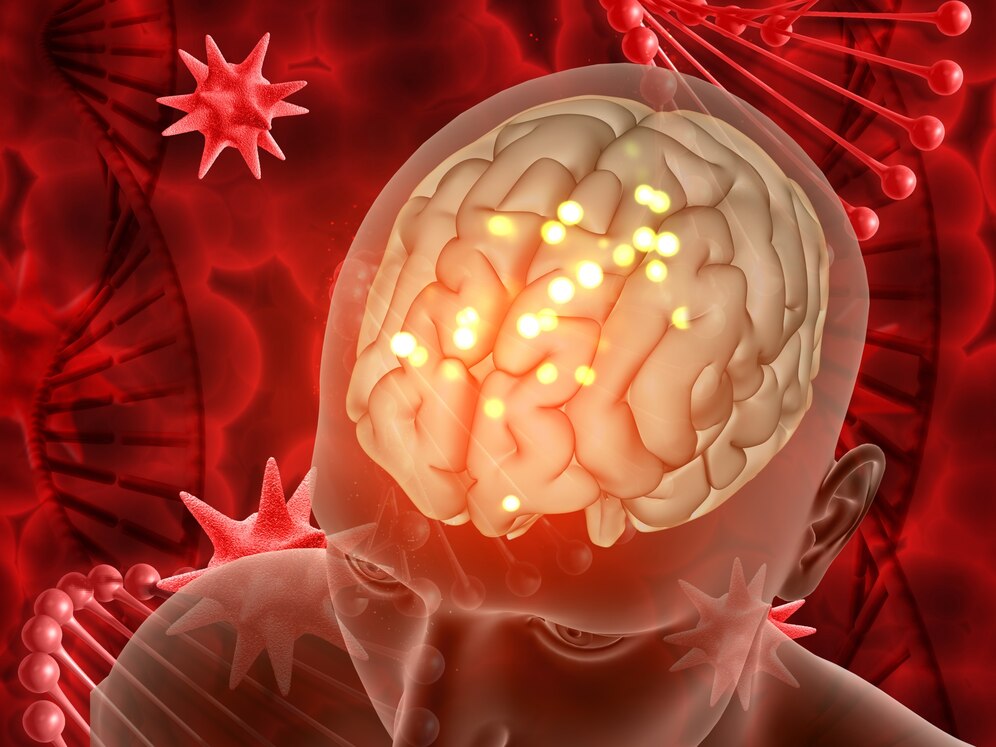


A stroke, often likened to a "brain attack," occurs when the blood supply to a portion of the brain is interrupted or reduced, depriving the brain of essential oxygen and nutrients. This interruption can result from a blockage or a rupture in a blood vessel. The affected brain cells can suffer temporary or permanent damage, leading to varying degrees of functional impairment based on the region of the brain affected. For instance, damage to the right hemisphere might result in movement control issues on the left side of the body, such as weakness in the left arm and leg.
Symptoms of Stroke
The presentation of stroke symptoms can vary, but typically includes:
Sudden-onset Headache: Accompanied by dizziness, nausea, vomiting, and balance issues.

Treatment at specialized Stroke Centers or Stroke Units, akin to coronary intensive care units, has been a significant advancement in stroke care. These units are equipped with specialized medical teams experienced in acute stroke management, utilizing predefined protocols to reduce mortality and disability risks. Key treatments include:
Mechanical Thrombectomy: This procedure involves the mechanical removal of the clot through a catheter inserted into an artery.
Stroke Prevention
Preventative measures focus on controlling and eliminating risk factors through lifestyle changes and medication:
These strategies are essential for reducing the risk of stroke and improving outcomes for those who have experienced a stroke.

Carotid arteries, located on both sides of the neck, are crucial for supplying blood to the brain. An endarterectomy is indicated when these vessels become stenotic or occluded. During the procedure, the carotid artery is accessed via a small incision at the front of the neck. The plaques causing the stenosis are meticulously removed from the artery wall.
Interventional Treatments: Vascular Stenosis Management: Vascular stenosis may also be addressed using interventional or endovascular techniques, typically through an angiographic approach. This alternative is considered when endarterectomy is not viable. It facilitates the treatment of stenosis in accessible vessels, such as the carotid artery, and extends to smaller intracranial vessels that are unsuitable for surgical intervention.
Angioplasty: This procedure involves the insertion of a specialized catheter through an artery in the groin, which is then navigated to the affected cerebral vessel. At the site of stenosis, a balloon attached to the catheter tip is inflated, enlarging the vessel diameter and restoring the lumen's patency. Consequently, blood flow to the brain is enhanced.
Stent Implantation: Similar to angioplasty, this procedure uses a special catheter inserted through the groin to reach a stenotic brain vessel. The catheter's balloon may be inflated to dilate the stenotic segment if necessary. Subsequently, a stent is deployed to secure the dilation permanently, thus restoring blood flow to the brain.
